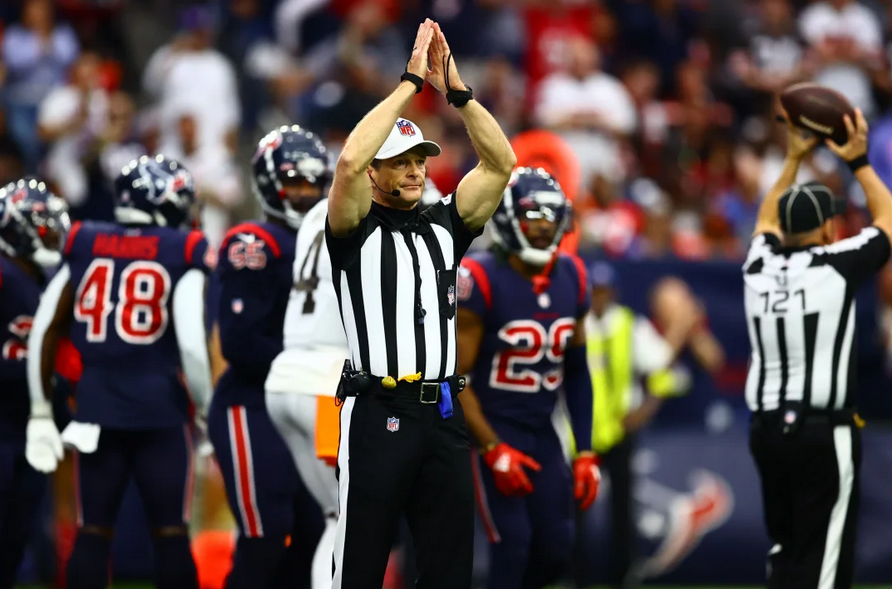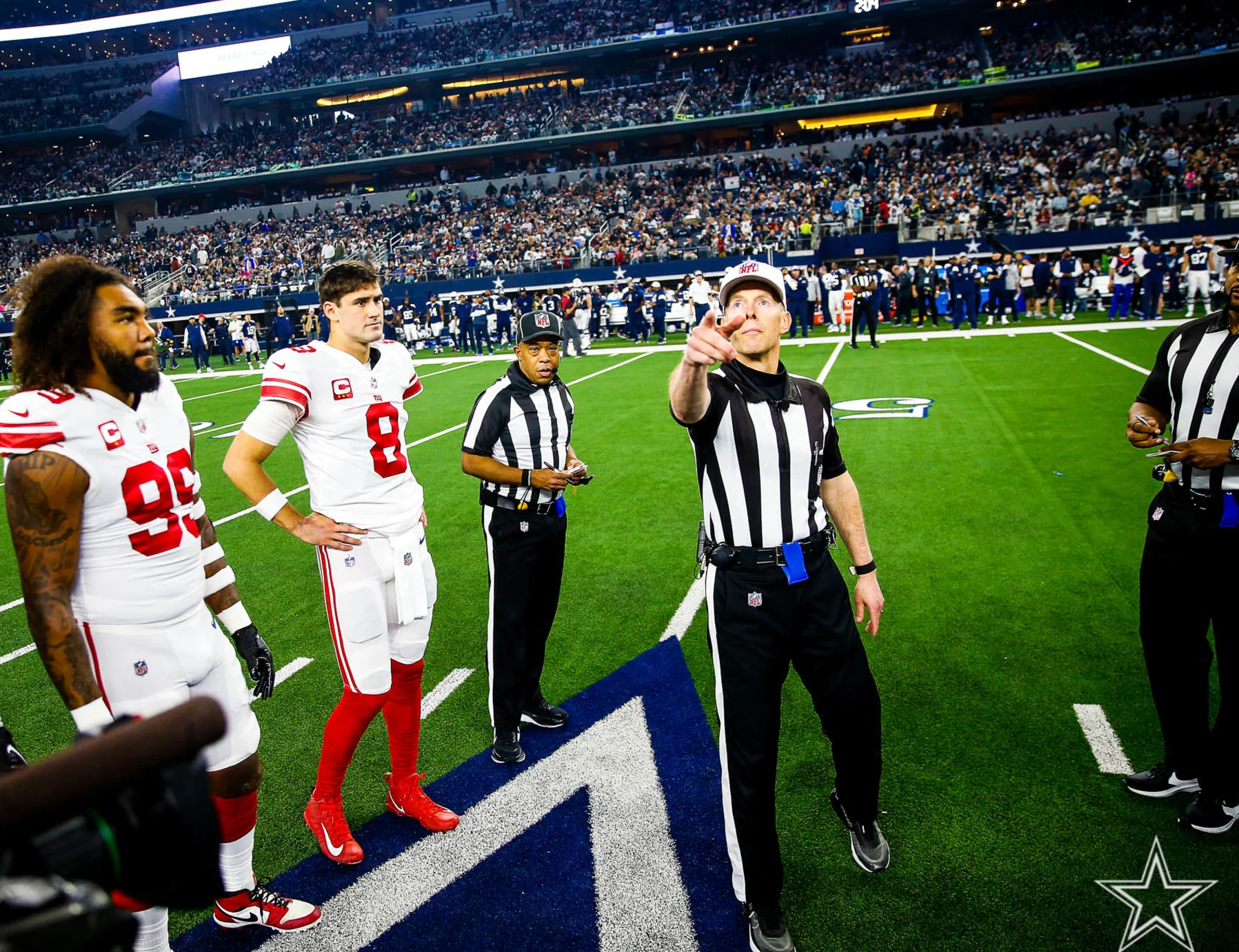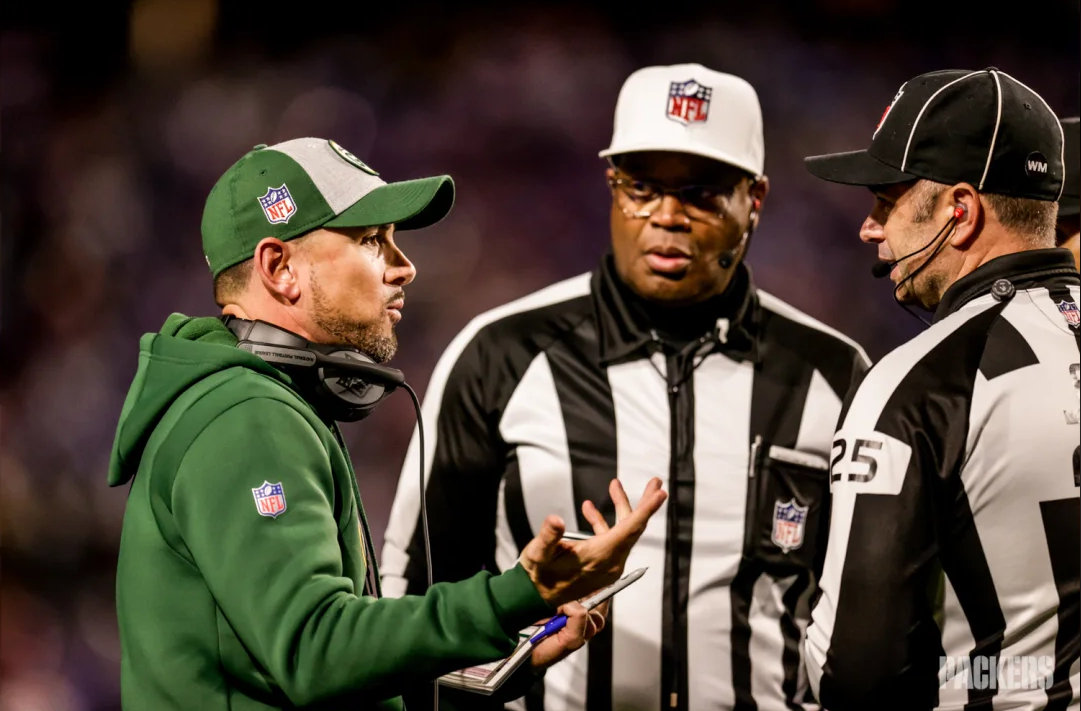News
Owners don’t stand PAT: extra-point kicks now 32 yards, defense can score two, too
The NFL owners took a drastic step to modify the rules for the touchdown-conversion try, which is arguably the most significant scoring change in football since 1912.

The NFL owners took a drastic step to modify the rules for the touchdown-conversion try, which is arguably the most significant scoring change in football since 1912.
At their spring meeting in San Francisco, the owners voted 30-2 to approve Proposal 14A from the Competition Committee out of three proposals under discussion. The new rule will increase the distance for extra-point kicks by moving the line of scrimmage from the 2-yard line to the 15-yard line and to allow the defense the ability to score on a conversion attempt for the first time in NFL history. Washington and Oakland voted against the proposal.
After a touchdown, a team will have to declare its intention to go for one or two points, at which time the umpire will fix the line of scrimmage. A two-point attempt will still be snapped at the 2-yard line. A team may only change its option for one or two if a charged timeout is taken by either team or if a penalty is assessed on the conversion attempt (or a foul that kills the snap).
A defensive interception or recovery of a blocked kick or fumble will give the defense two points if they can return to the offense’s end zone. In that case, the offense will kick off following the score. This rule has been in place at the college level; in fact my alma mater scored the first points in their first football game this way.
The rule is in effect for the 2015 season only. If 22 of the 32 owners do not agree on an extension or making it permanent, the new rules will expire.
The last rule change of this magnitude to the scoring structure was 1912 — eight years before the birth of the NFL — when touchdowns were increased from five points to six to be equivalent to two field goals. While the rules changed to allow two-point conversions in 1994, this was an add-on that did not affect all conversion attempts; this change enacted for the upcoming season could cause multiple scoring shifts in a single game.

Kick conversion accuracy since 1932 (click to enlarge).
The league had a trial run of the longer kick in the first two weeks of the preseason, which resulted in a 93.2 percent kick conversion rate. In the 2014 regular season, kicks were converted 99.3 percent of the time.
8 unusual impacts of the new rule
There are several anomalistic quirks to the new rule which are going to be a part of the overall strategy, as well as game management for coaches and the officiating crews.
1. Penalty enforcement is inconsistent. By having two possible lines of scrimmage, the enforcement of penalties will alter the administration of the conversion attempt. The offense will be able to decide whether any penalty is enforced from the 15 or the 2, which will set the decision to kick or attempt a scrimmage play. Therefore, if a kick is successful, and there is a defensive penalty, the offense can take the one point off the board and attempt to score two points from the 1-yard line.
2. Increase in dropkicks? One likely loophole to the circumvent the longer kick is the ability to convert by way of a dropkick. This vestigial relic of the game from an era when the ball was rounder has only been attempted once outside of exhibition play since the 1940s. A successful dropkick is when the ball carrier drops the ball and kicks it as soon as the ball touches the ground, usually on its point, and the kick goes through the uprights. Because this can be attempted at any time on a running play and not necessarily in a kick formation, there seems to be a loophole where a team can dropkick the extra point with the snap at the 2. The only way I see to close this loophole would be to ban the dropkick from plays that snap from the 2-yard line or possibly require the ball to leave the pocket area before a drop kick can be attempted.
Update:Vice president of officiating Dean Blandino says that loophole will be closed in the final rule.
@TimPriceNC @RapSheet can still drop kick but snap has to be from 15. Can’t snap from 2 and drop kick.
— Dean Blandino (@DeanBlandino) May 19, 2015
3. One-point safety slightly more possible. On the extraordinarily rare occurrence of a safety against the defense on the conversion attempt, the current rule is that it is a one-point safety. This aligns with the scoring structure of the conversion attempt, where a “touchdown” is worth two points, and a “field goal” is worth one. Because the defense could not possess the ball, it made possibility of having a safety even more remote (as illustrated in our “tough quiz“). However, since the defense is allowed to possess the ball, it creates new situations where a one-point safety can be scored. Again, it is still incredibly remote.
4. Could it affect the final score or playoffs? Although the counterpoint to the existing rule is to provide a more interesting and less automatic play, these modifications to the conversion attempt will increase the number of games decided on a missed attempt. Currently, there is an average of one such game where a missed kick makes a difference almost every two seasons. There will be more games, and potentially playoff seedings, determined by a botched kick or, now, by a defensive return.
5. A touchdown is worth 4? By allowing the defense a return to the house for two points, this changes the near-automatic seven points into a possible four-point spread. Obviously, these types of plays will not happen with tremendous frequency, but when it does, a highlight-worthy touchdown like the one by Giants receiver Odell Beckham Jr. suddenly nets as a field goal plus one.
6. Two different lines of scrimmage. Presumably the coach will inform a wing official if he intends to attempt a one- or two-point conversion, although it would be obvious if the kicker is entering the field. This declaration of intent adds another element to the between-downs time after a touchdown. The officials certainly can handle the proper spot for the conversion attempt, but it adds another element of overhead for the crew with a running play clock. This also means that any attempt to fake the defense by switching from a kick formation will require a 15-yard run or pass for the two points.
7. Kicking incentives are upended. I don’t follow the contract details of the placekickers, but it is possible that some kickers have an incentive bonus for a perfect extra-point conversion rate. While it could not be a considerable amount of money, I’m sure, the rule change that the owners voted on favors those owners by increasing the difficulty of the kick.
8. Is it possible for a team to score only 1 point? For the first time, yes. Even forfeits are recorded as 2-0 results (although it has never happened) in the NFL, but it is possible for one team to score only one point. Consider this scenario: With the score tied 0-0, one team scores a touchdown as time expires in the game. On the extra point conversion, the quarterback celebrates like Flipper Anderson (video) and runs off the field through the back of his own end zone. This is a one-point safety on the offense, and the final score in this case is 6-1.
Update: Item 1 was modified significantly to reflect the final rule.




































